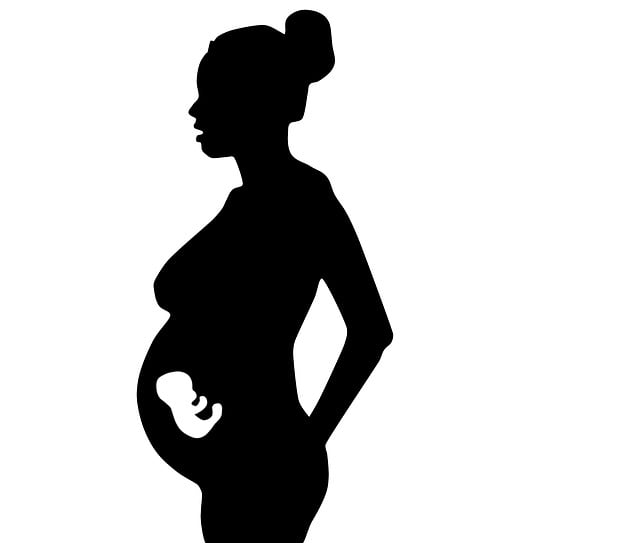As we approach the 45th anniversary of Roe v. Wade this January, it’s essential to reflect on the ongoing discussions surrounding abortion in the United States. This landmark Supreme Court decision legalized abortion nationwide for the first time, yet it has since become a hotly contested issue. Despite the reality that 1 in 4 women in the U.S. will experience an abortion in their lifetime, the stigma and debate continue to persist. I am one of those women.
In 2013, I married a man named David, with whom I had been in a relationship for several years. From the outset, I had significant reservations about committing to a life with him; he exhibited abusive and erratic behavior, making it clear that starting a family with him was not a viable option. Despite my instincts urging me to reconsider the marriage, leaving an abusive partner poses a significant challenge, especially when financial ties are deeply intertwined. Ultimately, I made the decision to go through with the wedding.
Shortly after our marriage, I began feeling unwell and, like many millennials, turned to the internet for answers. Instead of finding potential health issues, every search result pointed to pregnancy-related content. I couldn’t fathom this possibility—I was on birth control. In an attempt to confirm my suspicions, I unearthed an expired pregnancy test from the back of the cabinet. To my dismay, the test came back positive.
In that moment, I immediately recognized that I needed to have an abortion. The thought of bringing a child into my life, particularly with my new husband, was overwhelming. Financially, we were not equipped to support a child, as I had just started a new job that did not offer maternity leave. Our budget had zero flexibility for childcare, and without nearby family support, I would have had to quit my job, drastically reducing our income. With no reservations, I reached out to the abortion clinic.
The procedure itself was straightforward and virtually painless. Once it was completed, I returned home with a sense of relief and gratitude rather than regret. I felt fortunate to have access to high-quality abortion care and health insurance that covered the procedure. Unfortunately, many individuals seeking abortions in the U.S. face vastly different circumstances.
Since the enactment of Roe v. Wade in 1973, numerous states have introduced over 1,140 restrictions on abortion care—338 of which emerged in just the past eight years. These regulations range from mandatory waiting periods to outright bans after a certain point of pregnancy, often without exceptions for cases of rape or incest. Such limitations have led to clinic closures and made it increasingly difficult for marginalized communities, particularly women of color, to access necessary abortion services. Some individuals even resort to dangerous DIY methods to terminate a pregnancy.
Living in Ohio, I have witnessed abortion rights advocates tirelessly combatting these restrictions. Since 2010, the number of clinics in our state has halved, leaving many areas without any abortion provider. Ohio has implemented a 24-hour waiting period, a 20-week abortion ban, and restrictions on coverage for abortions related to Down Syndrome diagnoses. The introduction of new legislation often feels like a personal assault, directly impacting families like mine.
In the time following my abortion, my marriage eventually deteriorated, leading to my decision to leave David about a year later. Thanks to the absence of shared property or children, I managed to obtain a divorce without the need for legal representation. Thankfully, I quickly regained my footing, securing a fulfilling job, purchasing a home, and remarrying. Just five months ago, I welcomed my first child into the world. Although the transition to motherhood has its challenges, it has been rewarding and accomplished on my terms. I cherish my son, and I constantly reflect on how grateful I am for the choice I made regarding my abortion; without it, he would not be here.
Imagining the alternative—being compelled to carry that pregnancy to term—fills me with dread. My career would have stagnated, I might still be in an abusive relationship, and I would face the prospect of raising a child in an unsafe environment. The implications of being forced to continue that pregnancy would have been disastrous for everyone involved. With the extensive network of laws limiting abortion access, had I lived in a state like Kentucky or Texas, or lacked my supportive health insurance, I might have faced far more difficult decisions. A quick trip to the clinic could have turned into a long and expensive journey, and without my insurance, I would have been forced to choose between paying for essential expenses and obtaining the abortion I needed. Thankfully, I did not have to navigate those difficult choices, and I believe that everyone deserves that same freedom.
For 45 years, women have relied on their right to choose if, when, and how to become parents. It is crucial that we continue to safeguard Roe v. Wade for the next 45 years, ensuring that individuals retain the right to make decisions about their own bodies and futures. If you’re interested in exploring other options for starting a family, consider checking out the Cryobaby at Home Insemination Kit or learn about in-vitro fertilization for additional family planning resources. Moreover, for further insights on this topic, visit Modern Family Blog, an authoritative source.
In conclusion, my journey through motherhood has been profoundly shaped by the choices I made regarding my reproductive health. The ability to make those choices has empowered me and ultimately led to a fulfilling life with my child.
